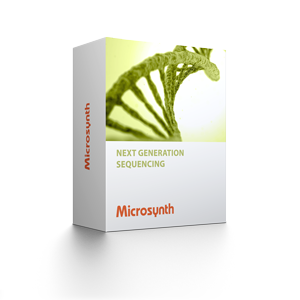
Back to top
Whole Exome Sequencing (WES)

Target the coding genome. Maximize insight. Minimize cost.
Whole Exome Sequencing focuses on the protein-coding regions of the genome—where most clinically relevant and disease-associated mutations are found. WES is a cost-effective and highly informative method for diagnostic research, cancer studies, and long-term mutation tracking.
What You Can Achieve
- Detect SNVs and InDels in exonic regions
- Focus on mutations with clinical or functional impact
- Compare mutational landscapes across individuals, conditions, or timepoints
- Retain relevance for diagnostics while reducing sequencing costs compared to WGS
Before You Start
We support your project from design to interpretation.
Key aspects to define early:
- Which organism and reference genome will be used?
- What is the goal of the study (e.g., diagnostic, comparative, longitudinal)?
What coverage depth is needed to achieve robust and interpretable results?
Modular Workflow
Outsource the entire workflow—or select specific modules. Our process is designed for flexibility. Typical workflow steps include:
Bioinformatic Analysis
Our analysis pipeline delivers detailed insight into exonic variation and its clinical relevance.
You receive:
- Raw data quality report
- Alignment to reference genome with coverage statistics
- Identification of (somatic) SNPs and InDels
- Predicted consequences at the protein level
- Annotation against clinical databases (e.g., ClinVar, NCBI, COSMIC)
Comprehensive data files and intuitive visual summaries are included.
Turnaround Time
- Available on request, depending on scope and sample count
- Includes library preparation, sequencing, and full analysis
- Express options available upon request
Sample Requirements
- Buffer recommendation: 10 mM Tris-HCl (pH 7.5–8.5)
- Important: Avoid any buffers containing EDTA >1mM
- DNA quantification: Use fluorometric methods (e.g., PicoGreen®, Qubit®)
Sample amounts required for Illumina sequencing:
| Library Type | Amount (µg) | Concentration (ng/µl) |
| Agilent All Exon Enrichment | >0.5 | >10 |


